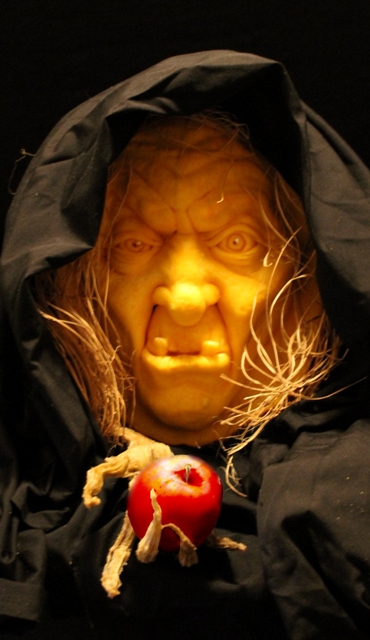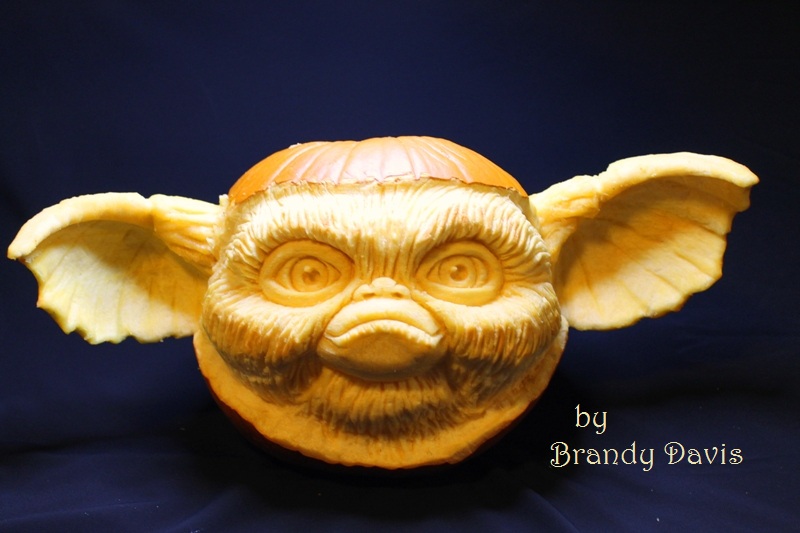If it is one thing I wish someone had told me when I started participating in art shows, it would be how to do it correctly. Being that I have participated in many art shows, I can wholeheartedly say that there is indeed a right way and a wrong way to maximize the success of the day.
Now I must clear the air and say that this post will be geared towards those who are wanting to make a profit at their show. I say this because there are some who participate in art shows simply for the fun of it, or for the camaraderie – which is totally fine. But for those of you who are relying on this art show to pay the bills, then this post is for you! 🙂
For those of you who have never participated in an art show, but are considering it, or for those of you who have done a few shows, but need some more ideas to boost sales, I would highly advise a few things before you set out to conquer your big day (or two).
So without further ado, here are my top 10 tips to having a financially successful art show:
- 1. Research the event you’ll be participating in – I cannot stress this enough! Now when I say research I mean: Make sure the venue is adequately advertising the event (there is no sense in participating in an art show/festival that no one knows about!), make sure it will be held in an area that will attract likely customers, and also make sure the individual(s) putting on the festival/show are reputable. If the art show/festival has a nice history and is well known, then researching the venue is not necessary. Sometimes doing a quick Google search of the name of a show or individual can bring up some interesting reviews….
- 2. Only show your best work – Now this does not apply if you have only made a few pieces so far. But as for the rest of you, don’t worry about crowding your booth with anything and everything you have ever made. As the saying goes – “Quality, not quantity!” Having too much going on in your booth can be visually overwhelming for your audience. Spotlighting your best work creates focal points, and showcases your strengths as an artist.
- 3. Recruit friends or family for help – Now, before I go on, I want to note that it is entirely possible to do an whole show by yourself – setting up the display, loading/unloading artwork, setting up tables (if any), lighting, marketing/promoting, friendly chit chat with customers, writing up receipts, and then tearing it all down when you are done. But, having said that, please please please, for the love of art!! – Get someone to help you! I have done many shows by myself (out of necessity), which include 13 hour days without a break. Luckily I have always had help with putting up and breaking down my booth, but let me be the first to say that doing a 13 hour day without help is HARD. Keep in mind that most festivals are held on multiple days, all of which that artists are expected to attend. Another solution, if your venue permits, share your booth with another artist and split the fees – having the help and companionship is well worth it.
- 4. Do a demonstration – If your venue permits, do an art demonstration during your show. For one, most art show days are at least 6-10 hours long, so you’ll need to do something to pass the time. Why not impress your audience with a show of how you create your artwork? And two, people tend to appreciate your artwork more when they see it in progress. And three, you’ll be using your time wisely and making a whole new art piece! P.S. Remember to put the paintbrush down every once in a while – don’t neglect potential customers. 🙂
- 5. Network – Two words: Business Cards!!! Don’t leave home without them! Even if you make the most basic business cards with just your name, e-mail, and website (or type of artwork) it will still be a great (and professional) alternative to hand-writing your name and e-mail on a napkin or a scrap of torn paper (Been there!-Done that! ;-)). Remember, ALL kinds of people attend art shows – including museum directors, gallery owners, and magazine editors. And on that note, be sure to snag as many business cards/names/e-mails from others who show interest in your work. A lot of my sales and best opportunities to promote my work come after the show from people whom I’ve exchanged contact information with during the show.
- 6. Cater – And no, I am not talking about food. 😉 Actually, I am referring to catering to your potential buyers, or more-so, their budgets. Granted, there are some people that go to art shows with the intentions to spend a lot of money on an art piece or two. But I have found that most go to art shows simply for the enjoyment of seeing artwork, and with no intentions of spending over $10, if any money at all. So if you are looking to make up the $50 booth fee (or whatever your fee is), then remember to offer items within everyone’s price range. In my booth I usually have pieces ranging anywhere from a few dollars all the way up to hundreds of dollars. You can make smaller items ranging from promotional items such as custom key chains and custom postcards, all the way to smaller prints of your artwork. The possibilities are endless – feel free to get creative – you are an artist, after all! 🙂
- 7. Have prices established ahead of time – Whether you have the prices for each of your art pieces established in your head, or written down on price tags, make sure you know how much you will ask for each piece. In my beginning days of art shows/festivals, I made the mistake of going into them not really knowing how much to sell each piece for – mainly because I was scared of telling someone a price and them thinking it was too high for a small feather painting, even if that was what I thought it was worth. I guess you could call it fear of rejection on some level. However, it is a major turnoff to a potential buyer when you are asked, “How much?” for a certain piece of artwork, and all you can say is, “Well, uhhh…..hmmmm…..I wanna say, about….well….I’m not sure…I guess…$200?…” All that rambling makes you look unprofessional and gives off the vibe that you may be telling one customer one price, and telling another customer a different price for the same piece. Solution? – Just print all prices out ahead of time and clearly label each of your pieces at the show. (And remember to account for tax and if your venue requires – commission fees.)
- 8. Buy a receipt book! – This is something I completely forgot when I started doing art shows. To be perfectly honest, I looked pretty unprofessional hand-writing receipts on scrap pieces of paper. So yeah, save yourself the mild embarrassment now and buy a receipt book for later.
- 9. Remember – It’s not a competition! – I know we have all heard that the art world is competitive, but don’t think of that in a conventional sort of way. Bottom line, when it comes to art, artists are going to create what they want, and customers are going to buy what they like. And chances are, there wont be any two artists selling the same thing, so you’ll have very little to worry about in that respect. Just remember that, as artists, you are all on the same journey – so be nice and respectful to your art show neighbors – feel free to chat it up with them and take a look at their artwork; Offer to help them once in a while, or even show some fellow support by making a small purchase from them. Even if you end the day without making a dime from your show, you always want to be confident that you at least walked away with new friends. I have found that fellow artists in these art shows are some of the coolest, and nicest, and not to mention TALENTED people that I have ever met.
- 10. Lastly, Have some genuine FUN! – If you are sitting there looking bored or angry because no one is coming to your booth, then chances are that no one is going to feel comfortable approaching you or your booth. If you look like you are having fun and enjoying yourself then you’ll attract more people to your booth. Now, I added “genuine” in because I would like to stress the fact that you shouldn’t just put on a fake smile to try and sell stuff. If you have to put on a fake smile to do anything, then you should probably consider doing something else that actually makes you happy. Being an artist should be truly inspiring and uplifting for everyone involved.
Ever since I have implemented these tips into my art shows, I have always walked away with a successful day. So if you have been struggling with art shows, or need some advice for your first one, hopefully these tips will be helpful to you as well. And remember if all else fails, refer to tips #9 and #10! 😉
As always, if you have any questions or comments please feel free to leave them in the comment section below, or feel free to send me an e-mail anytime!
Here’s to your next successful art show!


























One Response to My Top 10 Tips on How to Have a Financially Successful Art Show